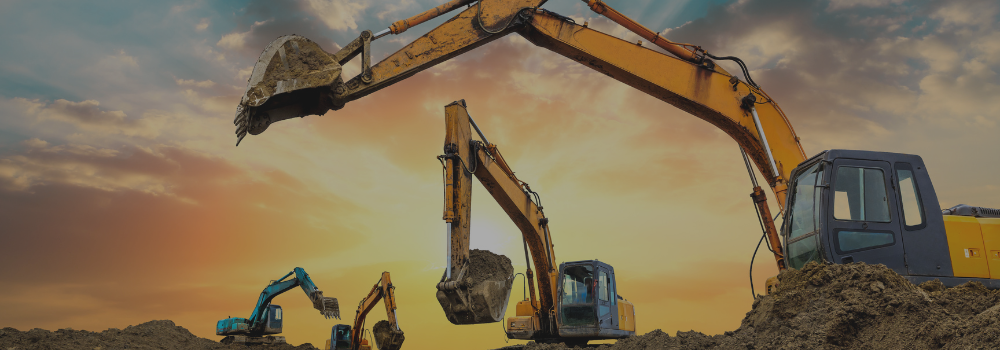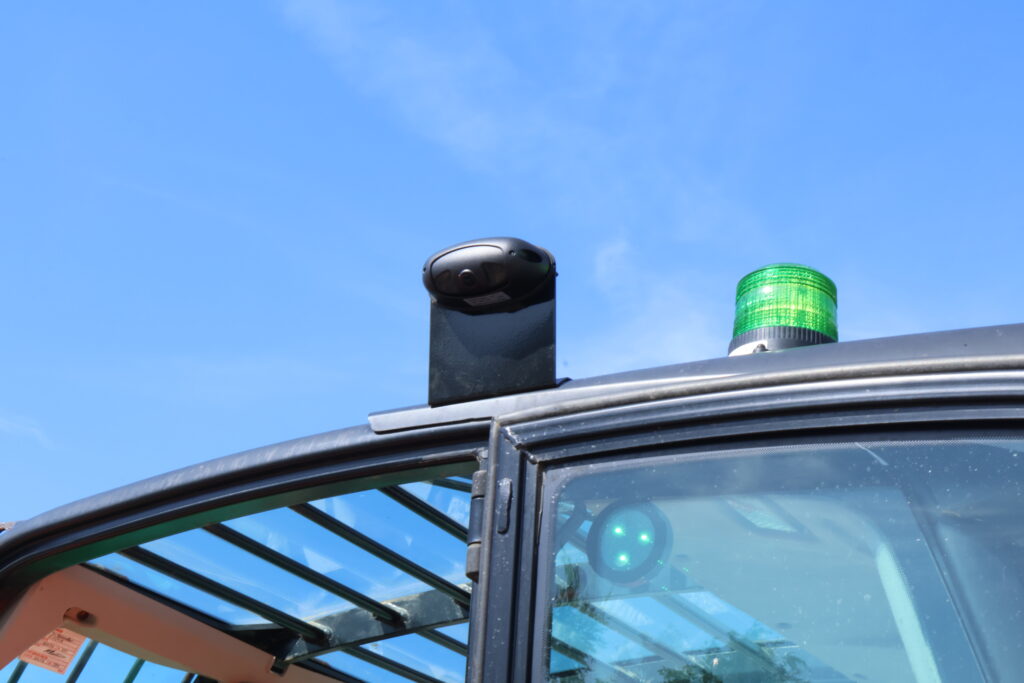
The latest HSE 2025 fatality data, highlighting the role of machinery in construction site risks. Here we explain how HFR camera systems help reduce incidents on constructions sites.
Read More
In August 2025 the Construction Industry Plant Safety Group launched Good Practice Guidance for use of machine-mounted Human Form Recognition System, such as VUE’s own HFR System.
It came after calls from the industry to have some consistency and standardisation with regards to HFR Systems, especially with their increasing popularity on sites.
A large working group was created, made up of plant owners, construction contractors, OEM and equipment suppliers, as well as HFRS suppliers, including VUE.
The aim was simple; standardise the fitment, use, and management of Human Form Recognition Systems installed on machinery, so that it can effectively detect and warn the operator of a human in an area of risk.
The ultimate aim, of course, is to reduce incidents involving people being struck by moving machinery.
In terms of technology, the systems can vary, but all use some form of human detection in defined ‘danger zones’ and alerts the operator in-cab.
VUE’s HFRS uses AI camera technology that can detect when a human is at risk in the pre-defined zone. It can identify a human from just a body part; such as a hand or a foot.
The zones can be customised to suit, thought the HFRS guidance recommends it be split into an inner (0-2m) and outer (2-5m) zone, depending on machine type.
The cameras are situated around a machine for full blind-spot coverage.
When one of the cameras is triggered, the alert sounds audibly internally in-cab, and externally to alert the person in the area of risk. A visual of the alert is also provided to the operator in-cab via a 7” monitor, so they can see exactly what has triggered the camera and why.
The HFRS technology can be fitted to all plant machinery including telehandlers, excavators, telehandlers, crawler cranes, piling rigs, and more.
Depending on the machine type, the kit may vary to ensure coverage of all blind spots. The guidance ascertains that the placement of the system must ensure visibility and avoid cognitive overload.
The Human Form Recognition System also needs to be resilient; it needs to withstand challenging environments and conditions, and needs to be obvious to the operator when the system has been compromised.
To test its accuracy of alerting in a variety of challenging conditions, the VUE HFR system has undergone rigorous MIRA testing, resulting in a 97.9% pass rate.
This involved fitting the HFRS and testing the alerting in a variety of environments, in a variety of conditions, triggered in a variety of areas around the machine. The exceptional pass rate of 97.9% illustrates just how reliable the VUE system is.
When an alert is triggered, the HFRS guidance mandates that data including GPS location, time, and zone breached must be logged. This data can then be used for further analysis and assessment of triggers.
The VUE system records to a DVR, and logs both GPS location, time, date, and 10 seconds of footage (5 seconds before and 5 seconds after) of an alert that’s been triggered.
This data can all be accessed via the VUEhub portal for easy review and analysis.
Severity scoring is applied to the footage and alerts, for easier prioritisation and filtering for the site manager to review.
The guidance states that the HFRS must have clear training programmes and user guides for the operators, and managers using the system. It is essential that there is in-depth understanding of how the system works, to ensure safe use.
When used correctly, not only will operators be alerted and avoid incidents, but through analysing the alerts, studying the footage, and analysing the data – behavioural change can also occur resulting in safer site practices.
The guidance makes it clear; HFRS is not 100% reliable and should never replace core safety practices. Machine operators are ultimately accountable for how they manoeuvre a machine and awareness of their surroundings.
Though the VUE system has achieved a 97% MIRA pass rate, it is still important to conduct risk assessments on the system to check it is operating fully, and that the zones don’t require any recalibration.
All in all Human Form Recognition Systems are a valuable tool to help improve site safety, and significantly minimise the risks of fatalities or life changing injuries. With this guidance, both operators and suppliers have clear standards on how to fit, use, maintain, and manage an HFR System effectively in order to achieve maximum impact.
To find out more about VUE’s HFR Camera System and to get a free demo, contact the team today on 0161 877 2257 or fill out this form.
You can also download the guidance for free from the CPA website.

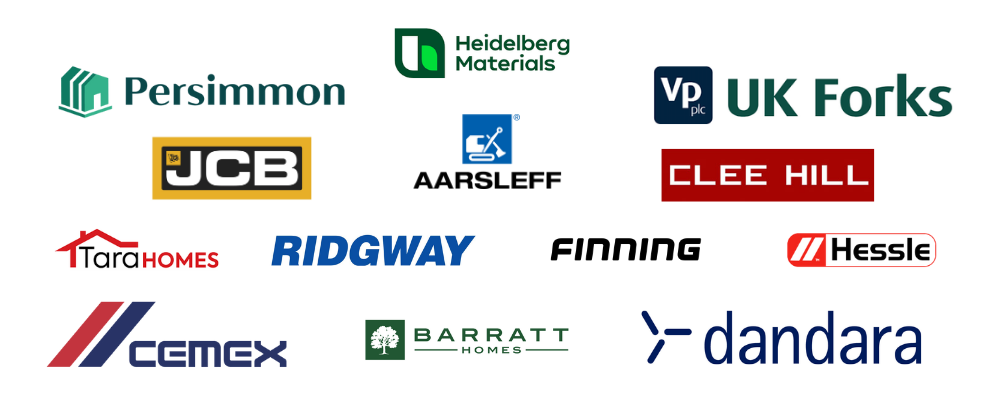

The latest HSE 2025 fatality data, highlighting the role of machinery in construction site risks. Here we explain how HFR camera systems help reduce incidents on constructions sites.
Read More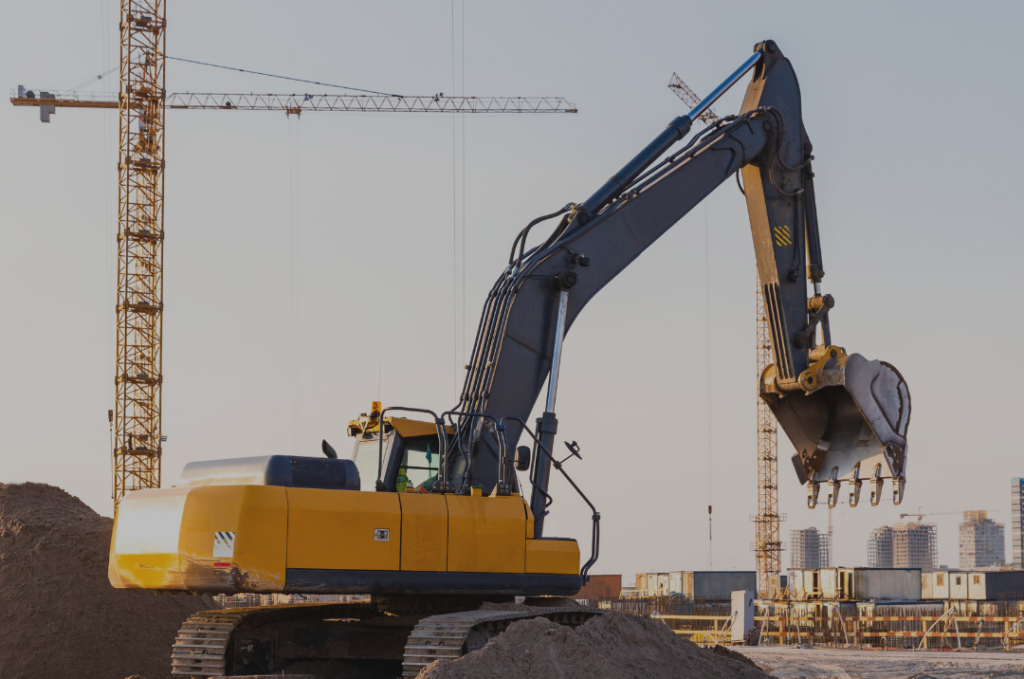
According to the Health and Safety Executive (HSE, 2023), 10% of all fatal injuries on UK construction sites are caused by workers being struck by moving vehicles.
Read More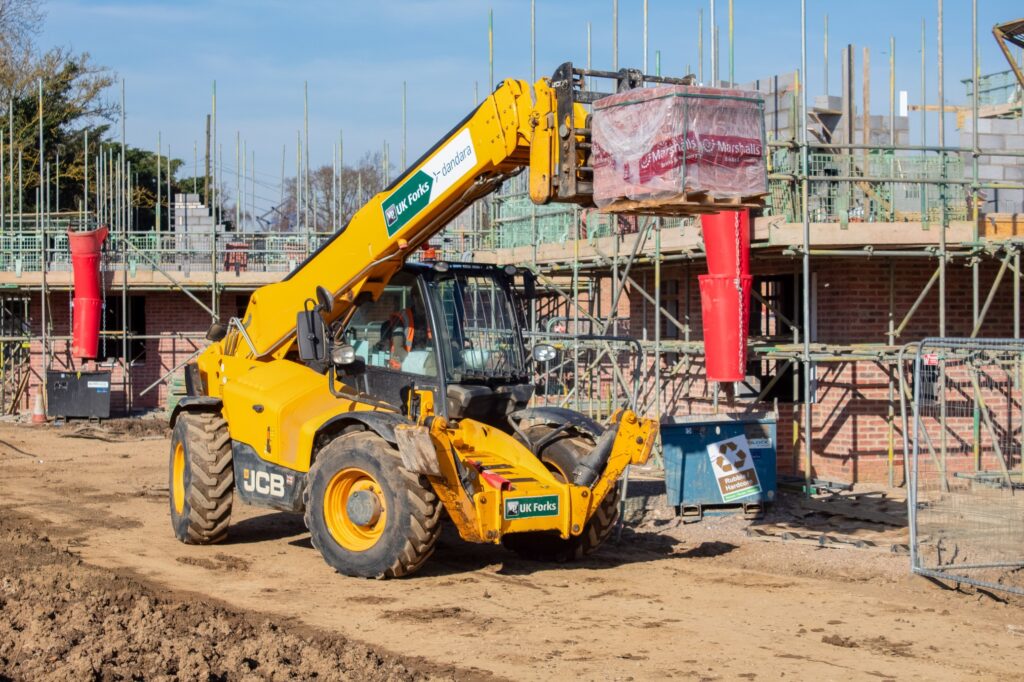
Since 2024, VUE Group have been working with Telehandler and Roto Hire Specialists; UK Forks to provide their hire machines with HFR Camera Systems, and have recently fitted to telehandlers hired by award-winning developer Dandara.
Read More